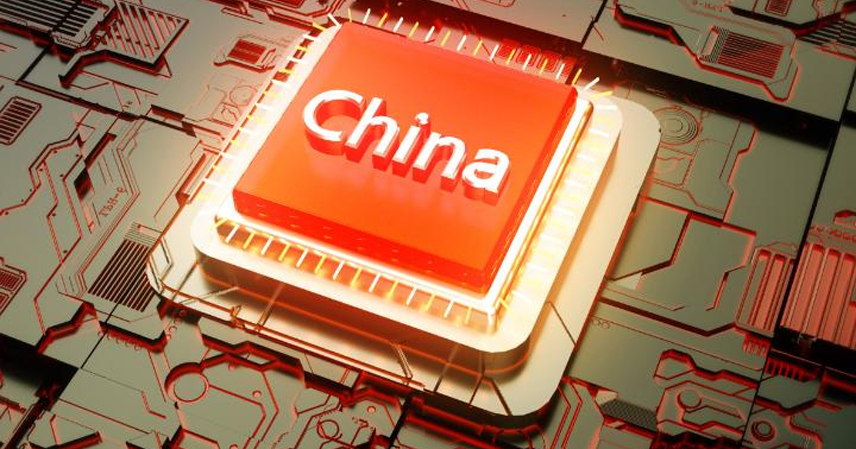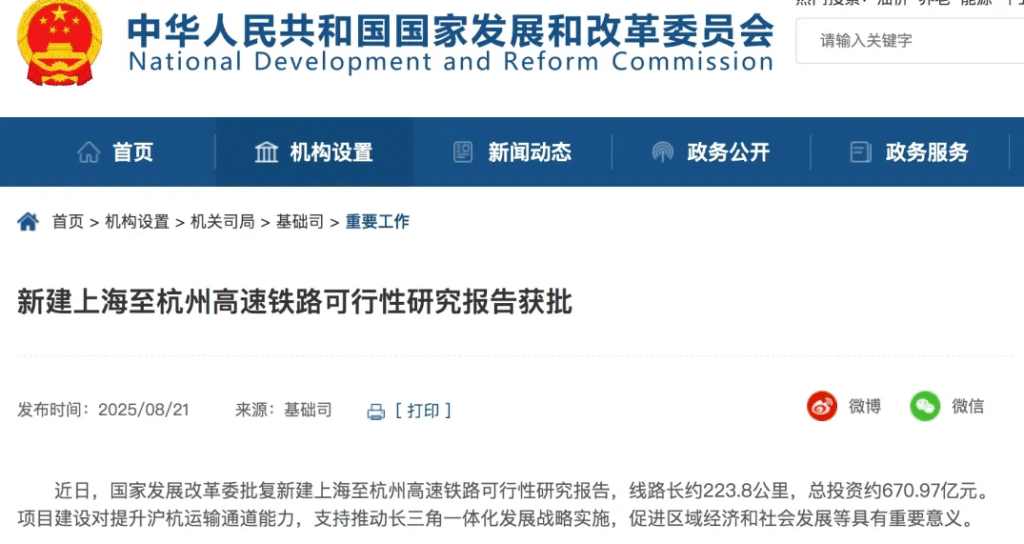Once hailed as the “miracle of the East,” Japan now finds itself in a structural and existential crisis. Between the United States’ shifting loyalties and China’s technological surge, Tokyo faces the harsh reality of decline — not as a temporary downturn, but as a systemic unraveling of its postwar foundation.
From Postwar Miracle to Systemic Fragility
Japan’s “return to poverty” is no longer an alarmist phrase — it is the logical outcome of decades of dependency and misplaced confidence. The twin pressures from Washington’s economic retrenchment and Beijing’s industrial ascent have cornered Japan into a historic turning point unseen since the postwar reconstruction era.
The story begins with the leak of TSMC’s 2nm process technology in August 2025, a scandal that indirectly implicated a Japanese government-backed semiconductor venture. The incident symbolized Japan’s growing anxiety: after years of complacency under U.S. protection, Tokyo is now scrambling to reclaim technological relevance — even at the cost of crossing Washington’s red lines.
Japan fears not competition, but being consumed. After World War II, the United States’ initial plan was to dismantle Japan’s industry entirely. The Korean War changed that calculus, pulling Japan into America’s defense-industrial orbit. Washington transferred over 38,000 core technologies between 1950 and 1981, paying more than $13.3 billion — effectively manufacturing a loyal economic ally to counter the Soviet Union.
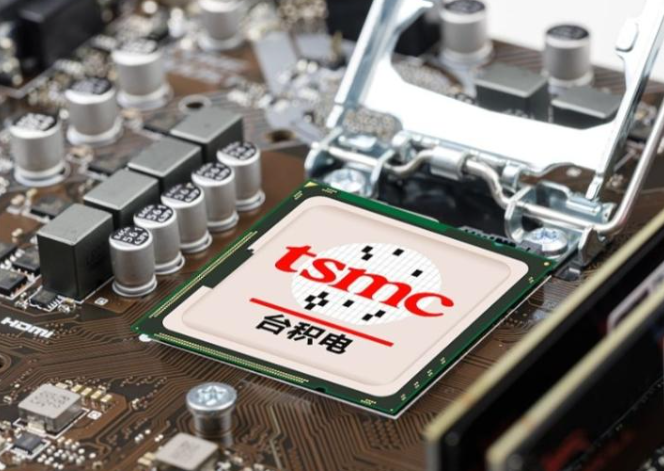
The Breaking Point: When Prosperity Became Dependency
As the Cold War ended, so did Japan’s protected prosperity. The 1990s bubble burst was more than an economic collapse; it was the slow transfer of Japan’s industrial sovereignty. U.S. capital quietly absorbed shares of Japan’s top firms, while high-value technologies migrated westward. What remained was a hollowed-out middle class and an elite that had traded national resilience for personal wealth.
Today’s Japan stands economically aged and strategically orphaned. Once a powerhouse of exports and innovation, its major industries are collapsing under three simultaneous blows — each signaling a deeper erosion of the nation’s structural capacity.
The “Triple Blow” That Broke Japan’s Backbone
First, the rise of Chinese electric vehicles has shattered Japan’s once-dominant auto sector. Once commanding 20% of China’s passenger car market, Japanese brands have seen a 55% year-on-year sales decline, losing more than five million units globally.
Second, the U.S. turned on its protégé. Under the Trump administration, Washington imposed tariffs as high as 30% on Japanese vehicles — targeting the last profitable core of Japan’s manufacturing base.
Third, domestic profitability has collapsed. The fall of Japan’s automotive sector has dragged down steel, electronics, and component industries, revealing a deeper sickness: the deindustrialization of a once-proud manufacturing nation.
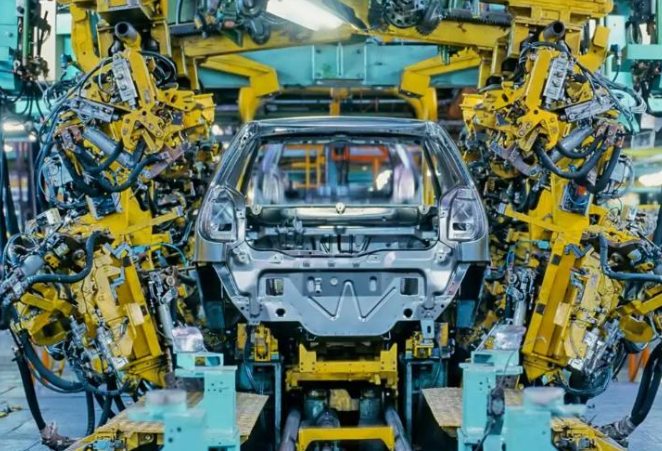
Those who argue Japan can still rely on semiconductors are missing the point. The chip gamble Japan is now playing — entering the same race it helped the U.S. start — is less strategy than desperation. With China rapidly approaching 3nm production parity within three to five years, Japan’s costly state-backed efforts may arrive too late and too small to matter.
The Structural Unraveling: Debt, Demographics, and Dependency
Beneath the industrial headlines lies an even grimmer reality. Japan’s national debt has surpassed $10 trillion, while 38% of its population is over 60 years old. Household savings have plunged, consumption is shrinking, and manufacturing competitiveness is fading. This is not a recession — it is a systemic aging crisis.
Meanwhile, the United States, once Japan’s unconditional patron, now treats Tokyo as a resource to be drained, not a partner to be protected. As Washington’s focus shifts toward reindustrialization at home, Japan finds itself trapped: too dependent to resist, too exhausted to recover.
The danger is no longer economic alone. Japan risks becoming a geopolitical pawn in future conflicts. As tensions rise in the Taiwan Strait and the Korean Peninsula, Tokyo’s strategic location — once an asset — could easily turn into a liability. The historical parallel to Ukraine is not lost on observers: allies are expendable when the empire recalibrates.
Lessons for China — and for the Next Global Order
Japan’s decline carries a sobering message for the world, and especially for China’s policymakers.
First, U.S. “support” is transactional, not emotional. Once a partner’s value expires, the American strategy of “extract and abandon” begins.
Second, core technologies must never be outsourced. Whether in semiconductors, green energy, or AI, the lesson is clear: industrial sovereignty is national security.
Beijing’s decision to invest heavily in the “New Three” sectors — EVs, batteries, and renewables — is not just economic policy but a strategic firewall against dependency. Japan’s fate is a warning: when a nation loses control of its innovation pipeline, it loses control of its destiny.
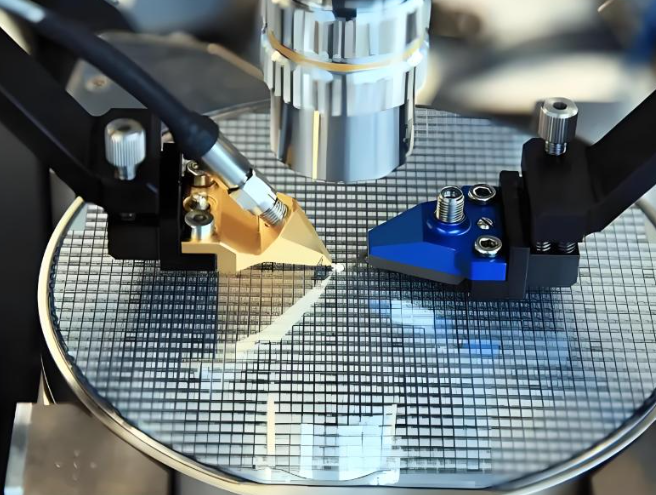
Conclusion: The Island of Forgotten Prosperity
Japan’s accelerating poverty is not merely a story of economic mismanagement; it marks the collapse of an entire postwar order built on borrowed power. The tragedy lies not in decline itself, but in denial — the belief that a fading alliance can substitute for renewal.
As the global hierarchy reshapes around technology and self-sufficiency, Japan’s descent offers a clear signal: those who rely on another empire’s goodwill eventually become collateral damage.
For nations watching from afar, the imperative is clear — in technology, industry, and defense, there can be no retreat.
References
- The Telegraph, “Japan’s Economic Dependence and Semiconductor Challenges,” 2025.
- Nikkei Asia, “Aging Nation and the End of Japan’s Industrial Strength,” 2025.
- Reuters, “China’s EV Expansion and Japan’s Market Decline,” 2025.

